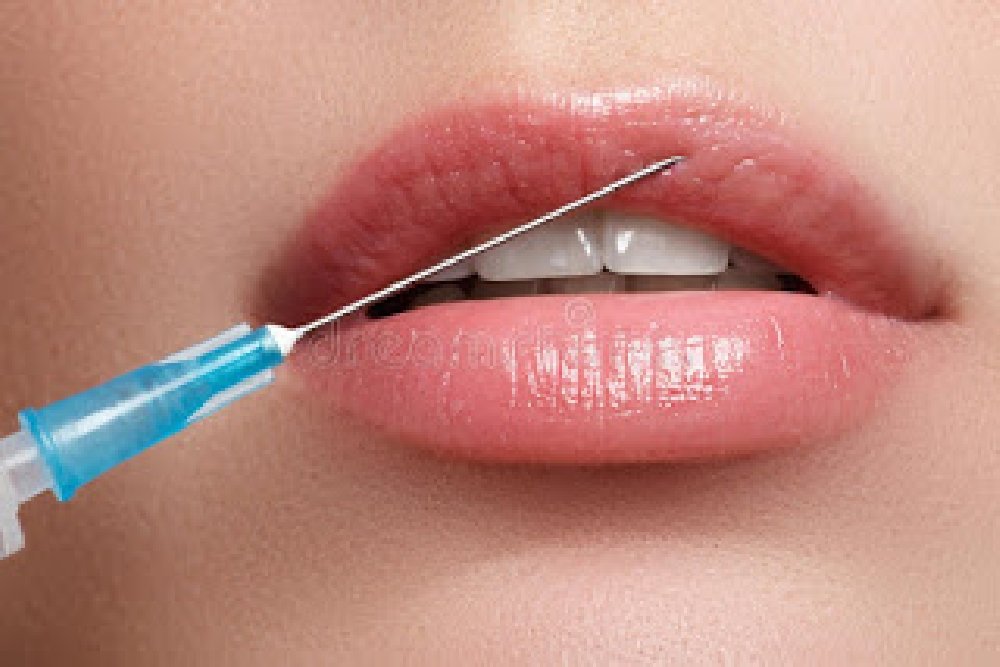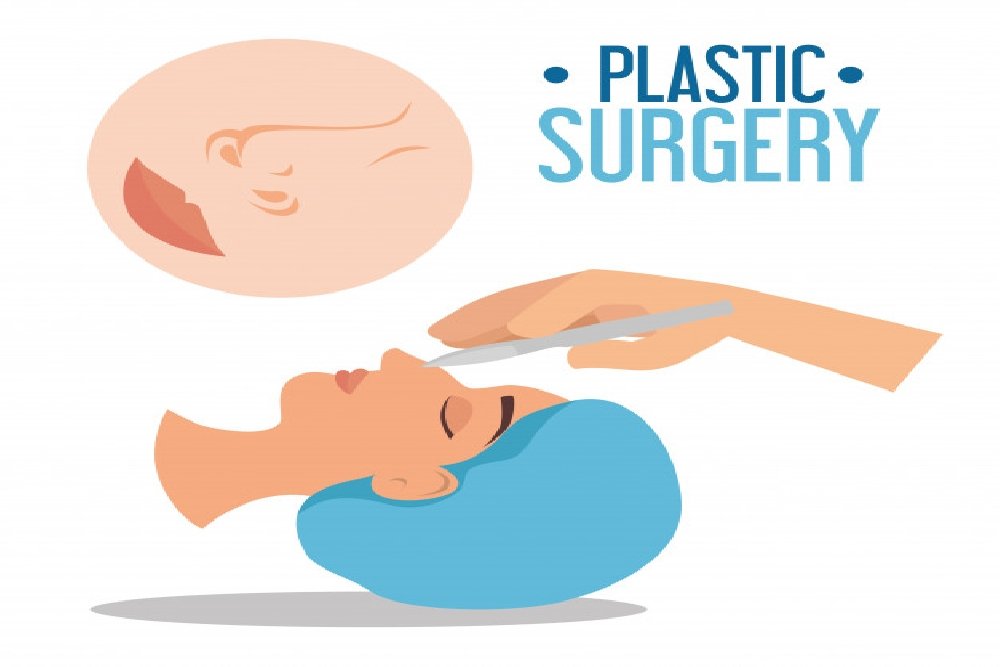An Overview Of Aesthetic Medicine
Human beings are known to take care of their physical appearance for centuries, by masking scars, wearing dentures and dying hair. Aesthetic medicine evolved through centuries and Egyptian history gives evidence that ancient physicians had treatment regime to enhance the look of Pharaohs about 5000 years ago. Aesthetic medicine is a fast growing money making sector of healthcare. The demand for aesthetic medicine in the US increases 7.4% every year since 2016, driven by ageing population struggling to maintain the appearance of youth. Non surgical procedures are often practised by laymen in house parties, hairdressers and other poorly qualified NHS or other healthcare staff, whose activities are not still stringently regulated. Although there are Care Quality Commission (CQC) regulations on practising any type of healthcare provision, it is not enforced and few are prosecuted. Keeping up one’s appearance is very important for one’s vanity, social well being and confidence. In my previous blog ‘the smile maker doctor’, I have touched upon the devastating effect of having facial disfigurement due to congenital malformations. But in this blog, I bring out information on cosmetic procedures for various conditions such as scars, skin laxity, wrinkles, moles, liver spots, baldness, poor body shape,excess fat, cellulite, unwanted hair, skin discolouration and spider veins.
A lot of people are going for cosmetic procedures because they suffer from body dysmorphic disorder or dysmorphophobia. This is a disorder in which the sufferer is obsessed with flaws in their appearance, which are unnoticeable to others. They spend a lot of time looking the mirror, evaluating the minute defects in their face or other parts of the body and comparing them with that of others. But for others cosmetic procedures help to gratify one’s own attributes and self image, otherwise called narcissism. A lot of people go for the procedures to remove excess fat because of their reluctance to do exercise and indulgence in excessive food consumption. Some of them get addicted to cosmetic procedures like gambling, squander away all their savings and even borrow money to get such operations one after another. ABC News reports about Cindy Jackson who underwent a record 52 operations and procedures under general anaesthesia to match her physical appearance with her ‘young spirit’. One should have a lot of courage to go under the knife and general anaesthesia just to improve one’s appearance and satisfy the ego. It has been reported that after general anaesthesia for routine operations, 1 in 100000 patients die.
Non-surgical cosmetic procedures involve injection of botulinum toxoid or BOTOX , fillers, LASER, and so on. Botox was initially used to paralyse muscles causing intractable spasm. But nowadays it is used to weaken muscles supplied by facial nerve to treat crow\'s-feet lines on the outer angle of the eyes, nasolabial lines and frowning lines on the forehead.The resulting non contraction of the muscles, irons out the wrinkles and lines formation. The effect of botox wears off after six to twelve months, helping the practitioner to get the fee for a repeat visit. By filling hyaluronic acid ,a natural substance in the skin, helps to inflate the tissue space .The dermal fillers are injected into a hollowed areas with a view to maintain the contour of the face.Thus fillers are injected into cheeks and lips to maintain the fullness of the face. Nowadays a lot of practitioners are using chemical peel for facial skin rejuvenation. Another fast growing technique is regeneration of tissues, by which a specialised tissue is created from the stem cell. Stem cells have the potential to grow into specialised tissues like skin, nerves, cardiac muscles, cartilage and so on. The origin of stem cells was discovered in the blood of umbilical cord, but later they were discovered in bone marrow and fat cells. In certain cosmetic centres, fat cells are harvested from blood drawn from the same patient through liposuction. These fat cells are used as fillers which have the potential to recruit more collagen ,elastin and capillaries in the skin. Fat cell injection lasts longer than hyaluronic acid fillers and some patients even do not require multiple injections.Regenerative medicine is a developing branch in medical science, as it has been used to create new tissues to treat many intractable medical conditions.
Another tool in aesthetic medicine is the application of LASER or Light Amplified by Stimulated Emission of Radiation. LASER has been used extensively in aesthetic medicine for decades, and also it is indispensable in the management of a variety of cases in different specialities of medicine. In most high streets, there will be a LASER hair removal clinic. In addition to hair removal, LASER is used in skin rejuvenation, removal of pigments, scars, vascular lesions like haemangiomas, and tattoo removal. Light Emitting Diode or LED light is also used for skin rejuvenation, whereby it stimulates fibroblasts to produce more collagen and increases blood supply to the skin. LED light therapy is recommended for aged wrinkled skin. In body sculpting, the excess fat tissues accumulated after pregnancy in buttock and lower abdomen are removed through fat freezing technology. Episcan is based on the principle of ultrasound scan, which helps the clinicians to assess the nature and extent of cellulite. Cellulite is a fatty deposit causing dimpled, and uneven appearance of the skin, in the thighs and buttocks of women. Most women are concerned about it and seek to get rid of it. Ultrasound is also used to treat sagging facial and submandibular area of skin, as it stimulates fibroblasts (Cells producing connective tissue cells) to produce more collagen and elastin like that of LASER. Other techniques used in non invasive aesthetic medicine include sclerotherapy and micro-needling.
There are a number of surgical operations carried out to improve the appearance of face and body including external genitals and limbs, and most of the operations are done under general anaesthesia. The more popular operations include, hair transplantation,breast augmentation and reduction, mastectomy for gynaecomastia (enlarged male breast), liposuction, blepharoplasty (reconstruction of eyelids), abdominoplasty rhinoplasty (Reconstruction of nose) and so on. In the US 1.7 million breast operations were performed last year, making it the most popular cosmetic surgical operation worldwide, followed by liposuction, eyelid surgery, and rhinoplasty. The current trend in aesthetic medicine is the Brazilian Buttock Lift (BBL). It is a procedure in which fat is taken from another part of the body and then injected into the buttocks, so as to produce a captivating contour to the buttocks. But this operation has relatively high mortality and morbidity, because there is a risk of injecting fat into large veins, and the resulting fat embolism may travel into lungs,heart and/or brain. The mortality rate is one in three thousand for those who undergo BBL operation. In Harley Street, London, there are a number of clinics doing such operations. When a patient is going for cosmetic operations, the expectations of the patient are very high which make the cosmetic procedures a minefield for claims and a lot of solicitors thrive on negligence claims. The annual costs for such claim settlement by the medical malpractice societies ranges from $17 billion to $29 billion per year in the US. Nearly 60% of people who have had plastic surgery or were considering it, are not wealthy enough by the US standard.Only 10% of cosmetic patients are men in the US and UK.
In view of the high cost of cosmetic procedures and operations in the UK and in other developed countries, a lot of patients get the operations done 70% cheaper in less developed countries like Mexico, Brazil, Columbia, Thailand, India,Poland, Hungary and Turkey according to the International Society of Aesthetic Plastic Surgery. Mexico provides the cheapest quote for Cosmetic surgical operations. When it comes to the number of cosmetic operations, Brazil comes second in the world, after the United States. It is a fact that more and more British citizens are going abroad for surgical operations to improve their appearance, and soon after the postoperative period, they return to the UK. Some of them develop complications inherent to such cosmetic operations, and they get free treatment in the National Health Service (NHS) of UK supported by the taxpayers. My opinion on aesthetic medicine is that the UK government should enact laws on people going abroad for such procedures and seeking treatment for its complications in the NHS. Also the CQC, should enact stringent rules to regulate the qualification and experience of those who involve in practising any type of aesthetic medicine.


Comment Form